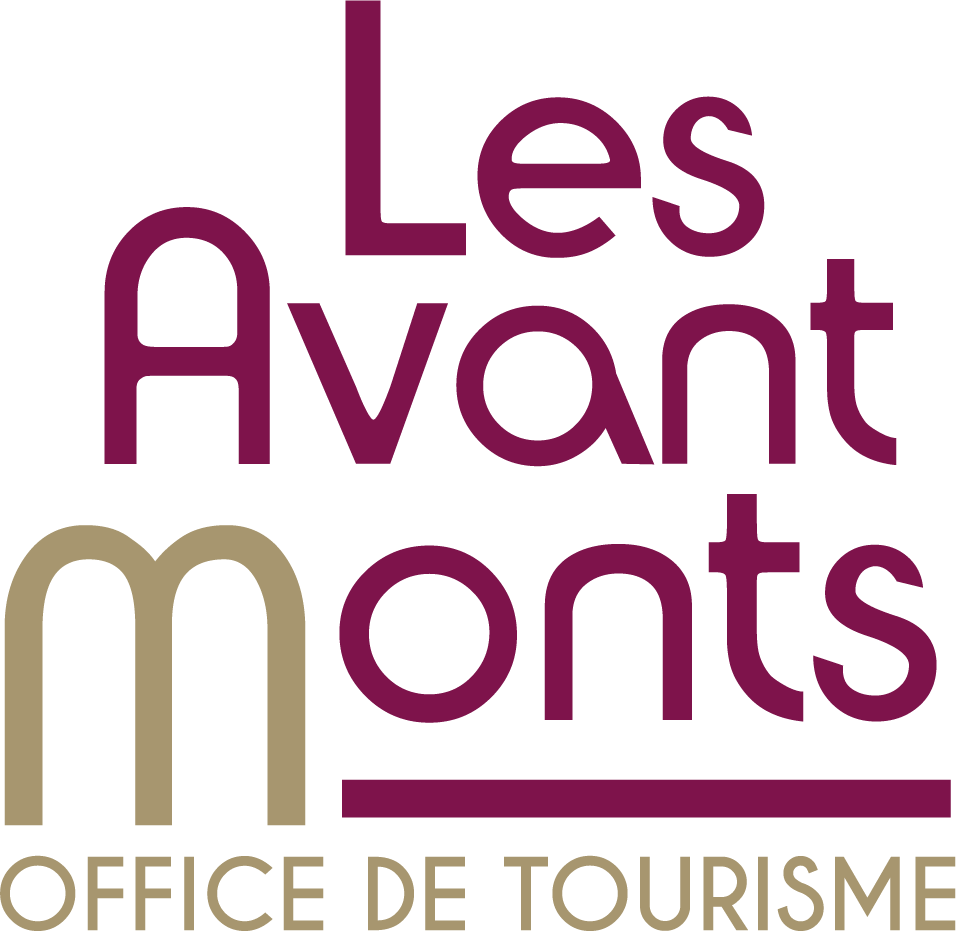
Castles, castrum and ramparts
Chateau-Abbaye de Cassan
Located in Roujan, Château de Cassan bears witness to the past with its 12th-century Romanesque church, a majestic Romanesque building with semicircular arches, the last vestige of the Priory, and a conventual palace designed according to the impeccable canons of 18th-century aesthetics, earning it the name of the "little Versailles of Languedoc".
The origins of the Priory date back to the 11th century, when the church was donated to a group of canons regular fleeing the decadent cathedral chapter of Béziers. Religious fervour was continuous. Power, glory and fortune alternated with decadence, the catastrophes of epidemics and the tragedies of war.
In the twentieth century, its turbulent history led to numerous transformations linked to its different occupants, as well as numerous episodes of devastation, which transformed the estate.
In 1953, part of the building was listed on the Inventaire Supplémentaire des Monuments Historiques (Supplementary Inventory of Historic Monuments), and the church was classified as a Historic Monument. More recently, in 1998, a large part of the building was classified as a Historic Monument.
Today, the monument allows us to understand the importance and influence that the monastery once had.

Château de Margon
Emerging like an island in the middle of a sea of vines, Margon has its houses squeezed around the imposing castle. The castle was first mentioned in 1080, when Pierre Alquier was present when his wife Marie and their children donated the parish of Cassan to the Canons Regular of St Augustine.
As a result of the Albigensian Crusade, the land of Margon, the seat of an ancient barony, came under the sovereignty of the King in 1221, even though the province of Languedoc was not attached to France until 50 years later. This territorial and political particularity has always been claimed by its lords, who never failed to pay homage to the King with each new reign, and by its inhabitants, who are not very accommodating, faithful to the tradition that gave their commune the name of République de Margon.
A remarkable garden
It was always Jean de Plantavit who had the excellent idea of spanning the street by means of vaulted staircases to get from the living room to the garden without having to cross the street. From below, these staircases allowed access to the public space via the Rue des Banastes.
Then, by filling in a valley floor and moving the stream that used to run through it, a real park was created. It has now been restored for around thirty years.
These are regular gardens with a classical French composition and the structured side of the Italian garden. There are columnar cypresses, sauce laurel topiaries, paths lined with oleanders, pomegranate trees with fruit or flowers, drum-shaped olive trees and a collection of irises.

Castrum of Cabrerolles
Facing due south on the slopes of a limestone spur formed by two deep valleys, the old village is crowned by the remains of its medieval castrum, dominated by the chapel of Notre-Dame de la Roque. There are two paths leading to the castrum site. The first, from the north, is the important communication route that linked the Béziers plain to the Orb and Mare basins in the direction of the Villemagne-Boussagues mining district. The second, to the south from the village, has been the most convenient and undoubtedly the most popular route since medieval times.
Cabrerolles Castle was first mentioned in 1199, probably as a fortified post established on a north/south axis and directly or indirectly under the control of the Lord of Faugères. At the time, it appears to have been shared between several lords. The Cabrerolles family, the lords of Faugères and the lords of Cabrières were all involved in this co-ownership, probably under the suzerainty of the Viscounts of Narbonne. The lords of Faugères were responsible for guiding the road between Villemagne and Aspiran-Ravanès (now the commune of Thézan-lez-Béziers) in the direction of Narbonne, which meant that checkpoints had to be maintained. In the 13th century, the Viscounts of Narbonne still held sway over Cabrerolles.

Château Grézan
Château de Grézan is a former hospital commandery founded in the 11th century and transformed into a fantasy fortress in the 19th century. Listed as a historic monument, this sizeable complex is surrounded by crenellated ramparts and is located in Laurens, in the Hérault department.
Originally an agricultural area, it was the seat of a commandery of the Hospitallers of the Order of St John of Jerusalem, before becoming a wine-growing estate in the 19th century. The old buildings were restored between 1820 and 1888, then completely remodelled in 1890 by Gabriel Mirepoix, with all the work being entrusted to the architect Louis Garros.
The vast enclosure, several hundred metres long and of medieval inspiration, only dates from the end of the 19th century. It was designed by Gabriel Mirepoix and built by the architect Louis Garros, who was told by Gabriel Mirepoix, "Make me Carcassonne".
Château de Grézan - Art & Culture CentreIn 2012, the property was divided into two separate entities, with the Cros-Pujol family retaining the vineyards and the part of the estate used for their business, and the new owners, Hans Schellenberg and Katarina Orvedal, taking over all the buildings and parkland, where they have created an Art & Culture Centre.


Castrum of Roquessels
Built into the rocky hillside, the "Notre-Dame" chapel and the ruins of the seigniorial castle date back to the 10th and 11th centuries. The remains of the castle can still be seen today: the ruins of the ramparts and a square tower sit proudly on the rock. The walls on the north and south sides were built on sheer rock. Adjoining the castle is the chapel of Notre-Dame, the former church of Roquessels, with magnificent Romanesque windows, thick three-sided walls and a Roman baptismal font. You can still see traces of a staircase carved partly into the rock.








